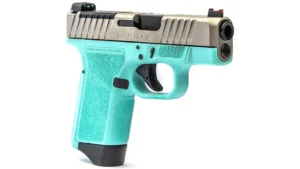There are only two inevitabilities in life: death and taxes. We can’t stop one, and we hate paying the other since taxation is theft. Our tax dollars fund services and materials, some of which we’ll never see. Government spending can frustrate the populace, but to those who know how the system works, there is a way to turn wasteful ways into personal savings satisfaction. One opportunity is to purchase confiscated items, allowing us to spend our own dollars buying good gear back from da’ man.
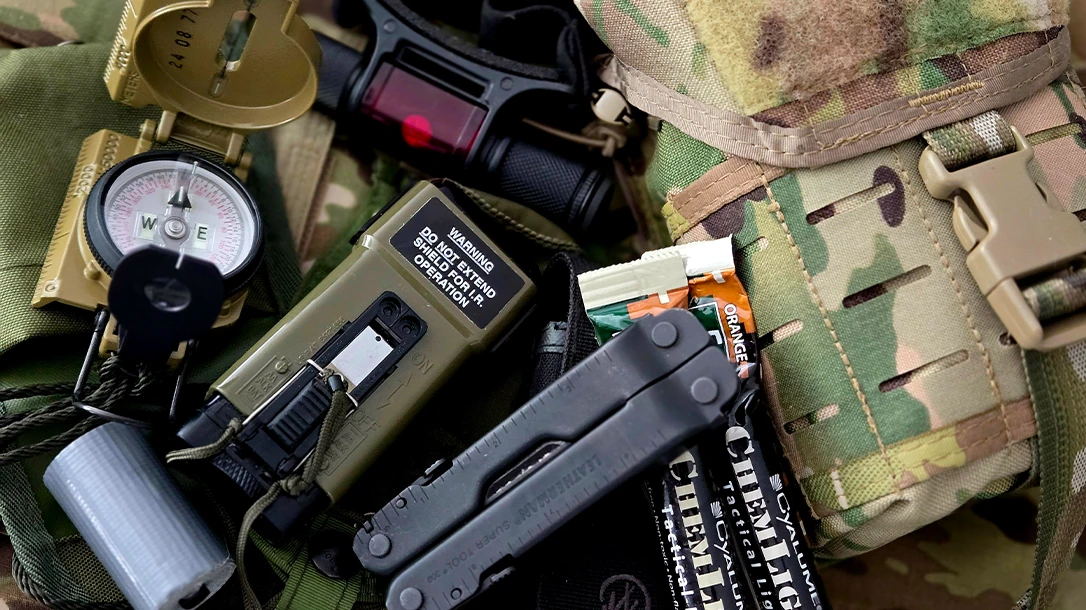
TSA and State Surplus Warehouses
You know the process if you’ve flown anywhere in the past 24 years. Remove your shoes and your belt, and maybe be prepared for a gentle rub from someone with the back of their hand. Certain items get flagged by the Transportation Safety Administration, such as liquids in excess of 3.4 ounces and sharp objects. While the liquids get thrown away in a giant container filled with other potentially dangerous liquids or in the nearby trash can, the knives end up somewhere else. If you’re wondering what kind of knives, look at the TSA’s social media accounts like their Instagram account @tsa. Not only will you see an array of knives, facsimile firearms, actual firearms, and strange attempts at passing prohibited items through security, but you’ll also see the occasional haul of some real gems.
There are a couple of ways to purchase from TSA, starting with state surplus property warehouses. These facilities are your go-to for finding leftover storage shelves, wired telephones, three-ring binders, and a wide range of office supplies. There is usually a section that is protected by a glass case where you’ll find the good stuff. This case is where the confiscated knives can be found.
Quantity and Quality
These knives will range in quality, condition, and style. If you are near a military base, you will find an assortment of issued knives and no shortage of multi-tools. You’ll have your choice of quasi-knives or tools with a single cutting edge that someone forgot to remove from their keychain.
Scattered throughout the sale display, you’ll find knives in various stages of life, from brand new to highly used. Some may be engraved with a certain tale of reluctance to surrender it in the security line, and others may be personalized in ways only the original owner would understand. Knives at TSA warehouses are purchased at discounted prices, and some are sold at a fraction of the original price if the warehouse manager is unaware of the original value.
Another popular way to purchase confiscated items from the TSA is to visit Ebay, where many are sold in large quantities. Simply look up “TSA Confiscated,” and a number of results will pop up, including knives sold by the pound and in lots of dozens. We spoke to an employee at our local warehouse who said knives come in daily.
If you ever want 30 Swiss Army Knife classic keychain knives, eBay is your option. When buying something like this, you will have to accept lesser-quality items than the quality items you see in some photos.
The person you are buying from visited a warehouse and decided to put the items online to increase the viewing audience. There’s also a good chance they cherry-picked the good stuff. If you have a small business or a lot of nieces and nephews, you can purchase what you want and sell or gift the rest.
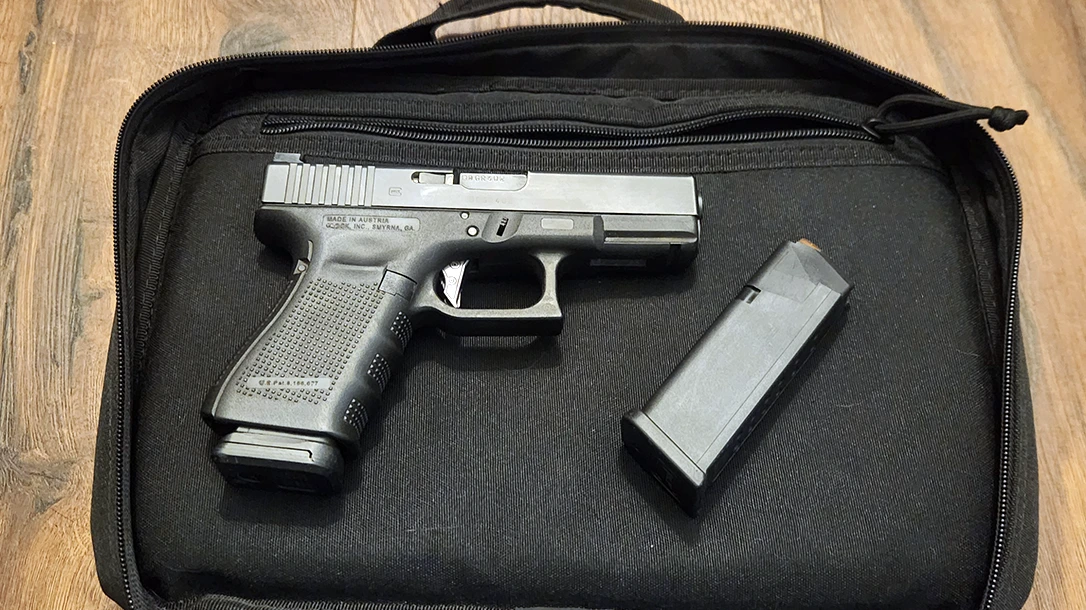
Police Trade-Ins
Firearm collectors know the significance of the police trade in firearms. Service pistols carried by law enforcement officers are purchased in bulk quantities and issued to officers for a given time period before they are collected and replaced with new pistols for duty use. The life span of a pistol can vary if issues come up or better technology becomes available. A perfect example is the interest of many departments in issuing red dot-equipped pistols to officers over simple iron sights.
Another common reason for replacing firearms is caliber choice, and a quick search of police trade-ins online will reveal that the 40 S&W is continuing to lose favor to the 9mm. Instead of letting retired firearms collect dust in a police department storage unit, police trade-ins are often purchased by distributors and resold to the public.
Before you run to the internet and look up the online distributors of police trade-ins, realize you may not end up with a beauty queen. While some pistols, like the SIG P220 I acquired, are incredibly clean with a low round count, many will wear the scars of daily wear in a duty holster overtly carried.
I had the luxury of knowing where my police trade came from, but you may not. You also won’t know its maintenance history or round count. On the low end, assuming the firearm had a 15-year life and was only used for 50-100 rounds for qualification each year, your pistol may have only 750-1500 rounds through it.
Rounds Downrange
If you purchase a firearm used by an officer who participated in every training and took advantage of “free” ammo, your pistol may be further along in its life.
There are some hidden costs when purchasing a police trade-in. If the firearm is purchased online, you must pay for shipping and a FFL transfer. You also may need to pay for new replacement springs and parts to get it back to its original performance. Companies like Vang Comp and Wilson Combat come to mind when one thinks of refinishing police shotguns like the Remington 870 or the Mossberg 500 or 590. Both of those companies will make a cruiser carried and beaten shotgun look like a high-end custom.
Another police trade that may interest some is vehicles. You’ve seen them driving around, old Crown Victoria cruisers taken out of service but driven by the person you curse as they pull behind you in traffic. If you’re interested in looking the part without having to put on a badge, you can purchase an old cop car, but there is a catch.
You won’t know the vehicle’s condition as you probably won’t be allowed to drive it before you buy it. Speaking to the local auction lot, they told me the policy is letting potential buyers turn the engine but not the wheels. You must also be ready to outbid the next guy or crowd of potential buyers.
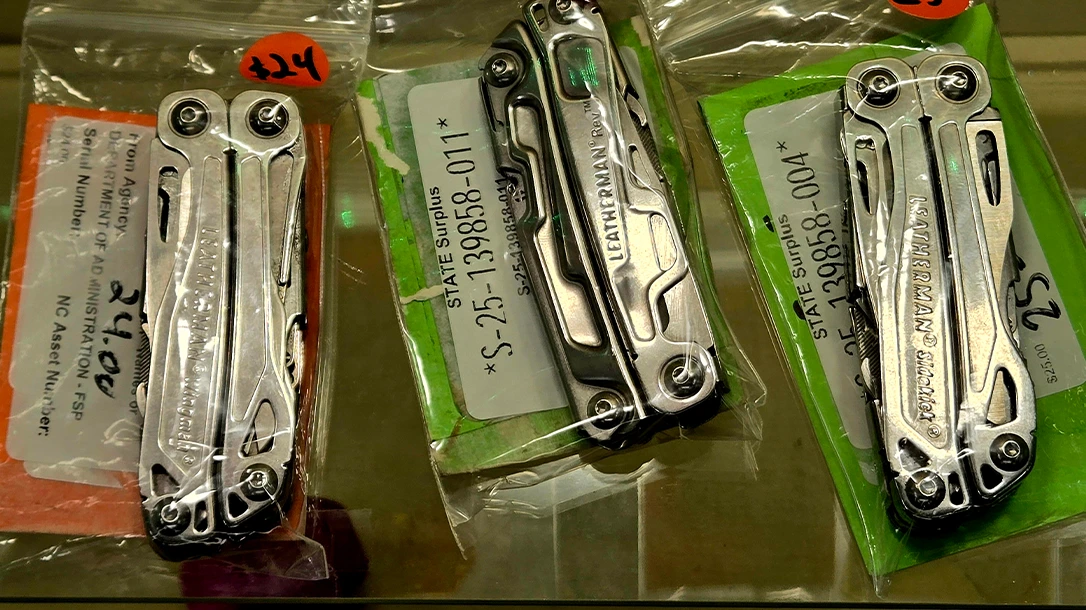
Military Surplus
Military surplus is your surplus. Your tax dollars funded “big military” and all of the equipment issued. Enterprising individuals will purchase lots from auctions and resell the individual components to their customers. Military surplus stores are not all created equal, and some will purchase “military-style” equipment made in factories overseas. Others will source equipment directly from military personnel.
Depending on your proximity to a military base and who is stationed there, you may find equipment purchased or issued to elite units at a fraction of the cost of what it would sell for elsewhere. If you’re a collector, you may find that vintage piece you’ve been looking for, but sometimes, you have to literally dig through bins of random parts. Or if you’re looking for the best quality equipment, look for surplus stores that help soldiers return issued items or like items when they ETS.
If you’re not familiar with this concept, it is when a soldier is ready to retire or leave the military. All the equipment issued to them that is still recorded is returned. Similar items can be returned in many cases, and the original items worth much more are kept or sold at surplus stores.
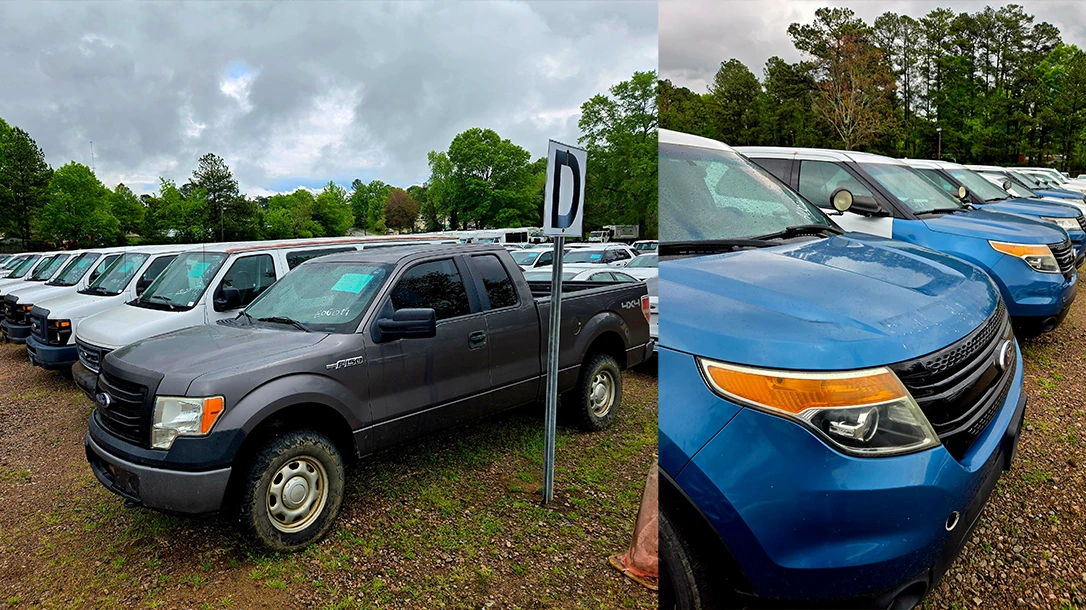
Condition is Everything
Much like the TSA warehouse and police trade-ins, the gear you find will either be unused, well-used, or in a state where it is barely held together. Some gear may show tears, blood types written in black marker, or even the hated “moon dust” from overseas embedded into the fibers.
If you’re low on cash, it isn’t uncommon to trade your gear in for credit, providing an excellent opportunity to trade up. The barter system is alive and well in the Army/Navy store business. Remember, many of the prices you see in the stores are not set in stone. Many items in bins may not have a price at all.
Please do your research, and don’t be afraid to make the first move regarding what you want to pay. Also, with the global war on terror, countless pouches, uniforms, camouflage patterns, and accessories exist.
The secondary market for rare equipment is where seemingly ordinary equipment can be found for astronomical prices. Much like pickers, if you know what to look for while sorting through boxes and bins of gear, you may find an item you can resell and fund your future purchases.
















